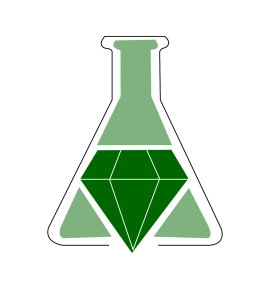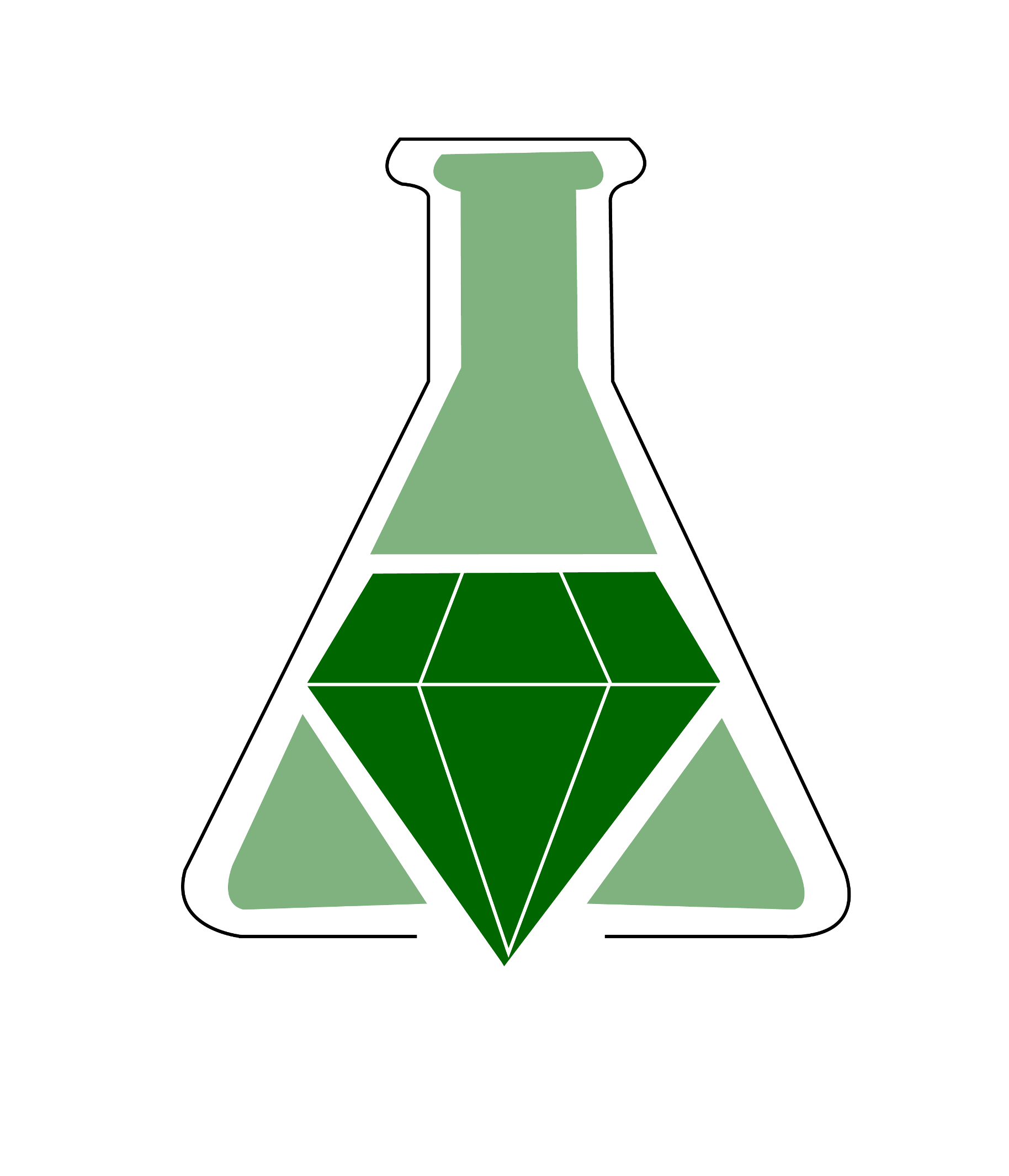Determination of the Heat of Combustion of Biodiesel Using Bomb Calorimetry. A Multidisciplinary Undergraduate Chemistry Experiment

Summary
This lab teaches important basic chemistry skills in the context of utilizing renewable feedstocks. In a three-week series of experiments, students will synthesize biodiesel from peanut oil and determine the heat of combustion, density, and cloud point of their product. Students will then use this information to evaluate the viability of biodiesel when compared to petroleum diesel.
Physical chemistry students performing this experiment will not only receive a brief review of ester chemistry but will also expand their skill set by working with bomb calorimeters and setting up variable temperature IR spectroscopy experiments.
Supplemental information includes background information, experimental procedure, and a materials list.
Summary prepared for the original GEMs database December 2008 by Douglas M. Young at the University of Oregon.
Determination of the Heat of Combustion of Biodiesel Using Bomb Calorimetry. A Multidisciplinary Undergraduate Chemistry Experiment
Stephen M. Akers, Jeremy L. Conkle, Stephanie N. Thomas, and Keith B. Rider
Journal of Chemical Education 2006 83 (2), 260
DOI: 10.1021/ed083p260
Physical chemistry students performing this experiment will not only receive a brief review of ester chemistry but will also expand their skill set by working with bomb calorimeters and setting up variable temperature IR spectroscopy experiments.
Supplemental information includes background information, experimental procedure, and a materials list.
Summary prepared for the original GEMs database December 2008 by Douglas M. Young at the University of Oregon.
Determination of the Heat of Combustion of Biodiesel Using Bomb Calorimetry. A Multidisciplinary Undergraduate Chemistry Experiment
Stephen M. Akers, Jeremy L. Conkle, Stephanie N. Thomas, and Keith B. Rider
Journal of Chemical Education 2006 83 (2), 260
DOI: 10.1021/ed083p260
Safety Precautions, Hazards, and Risk Assessment
See published journal article.
Link to external
